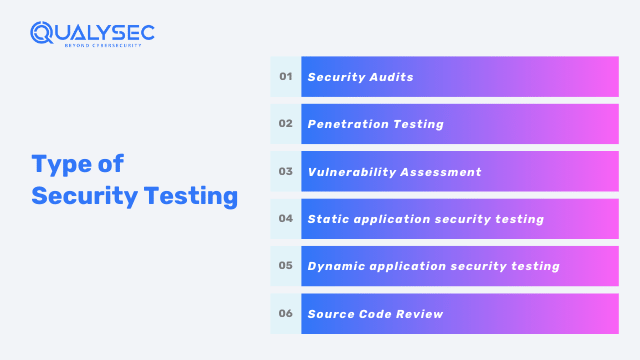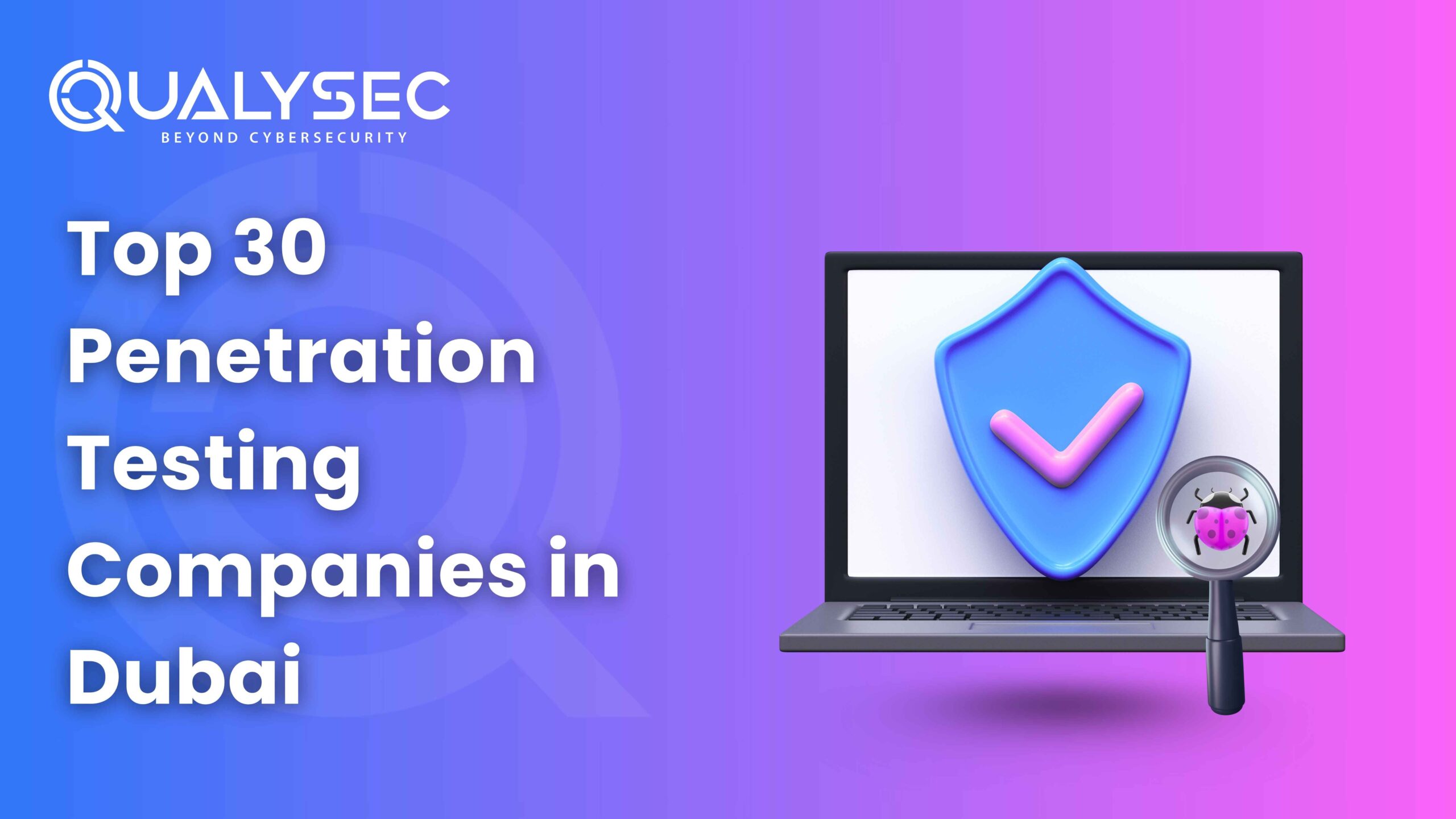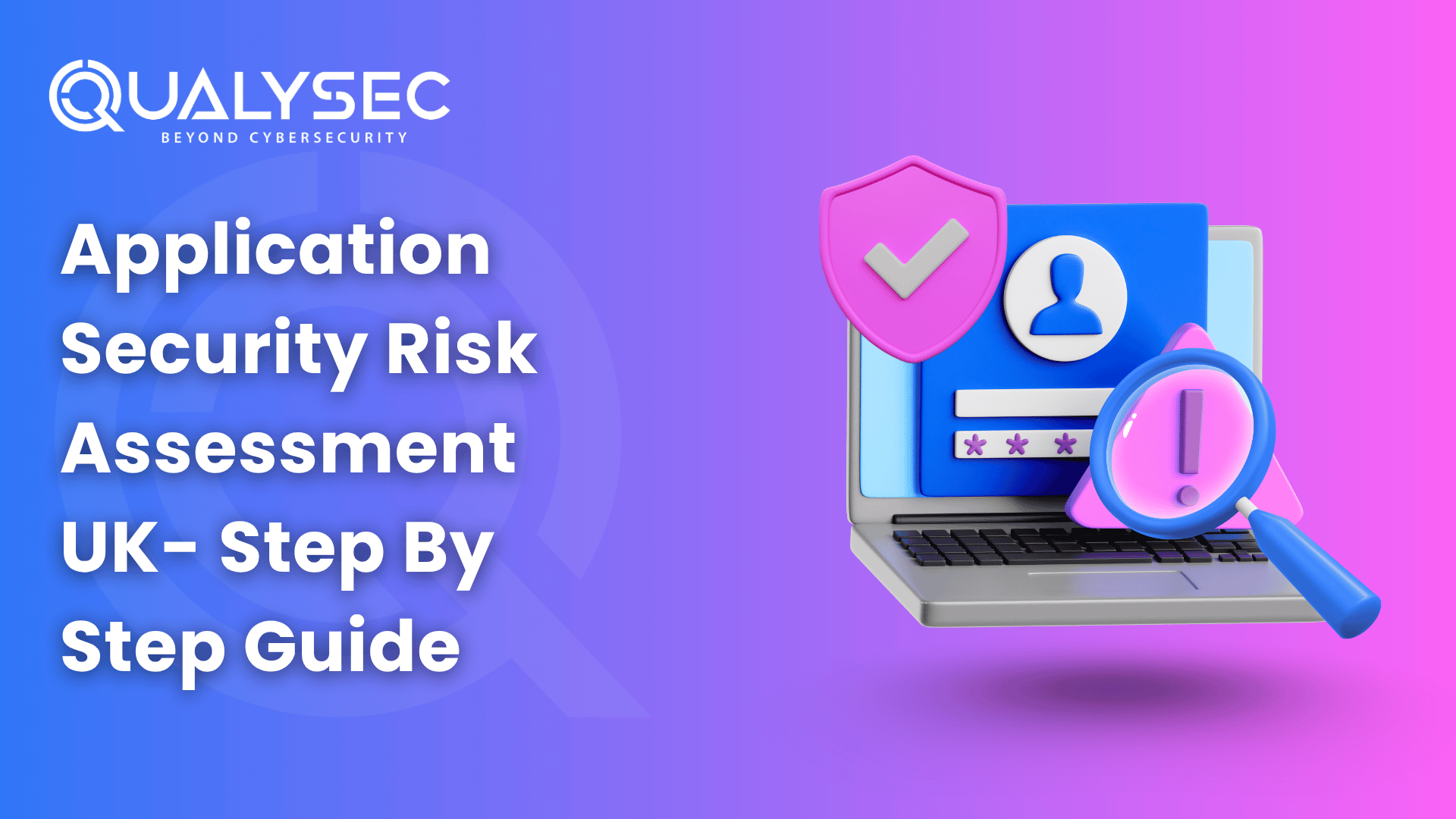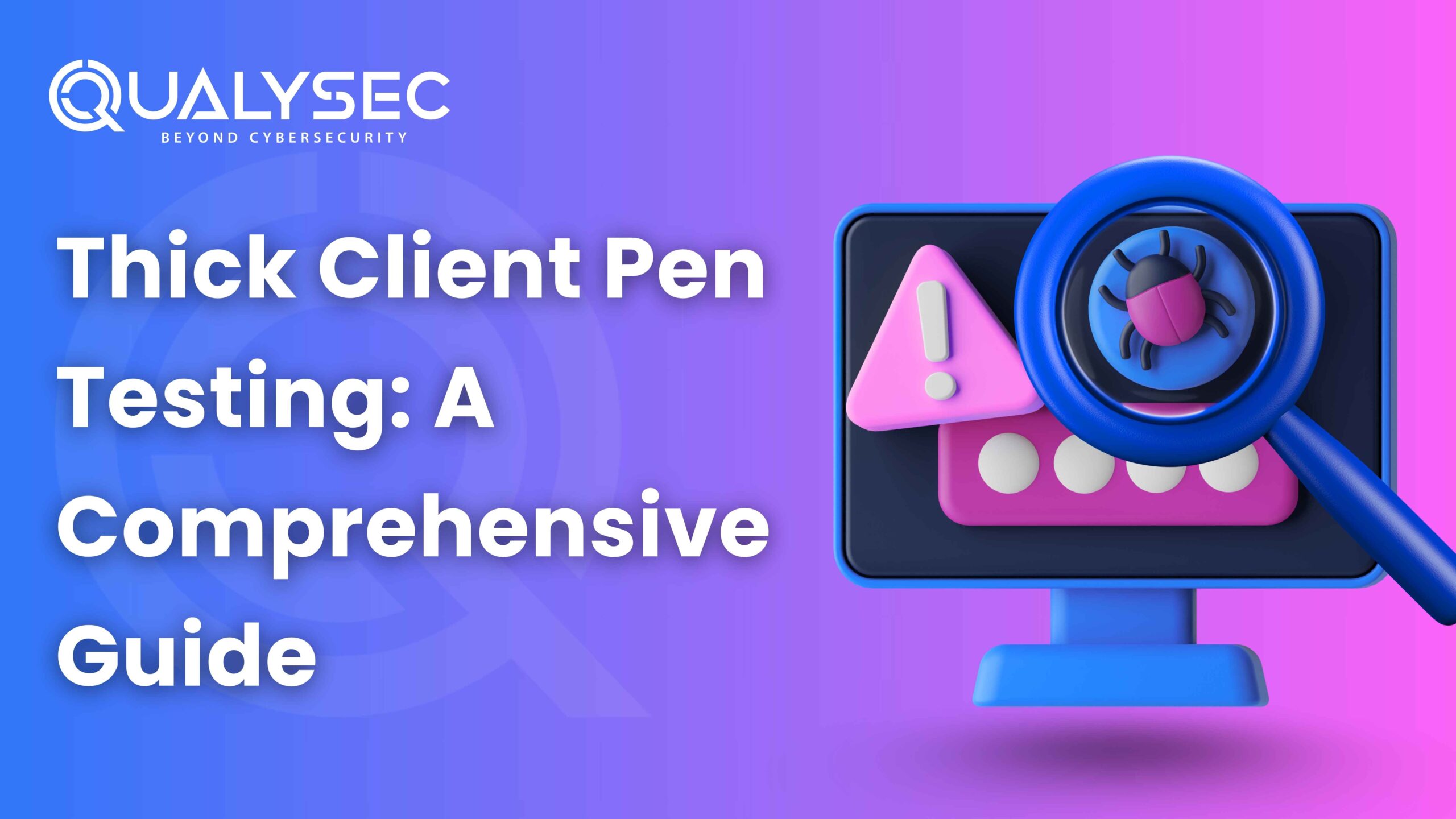As firms expand into the digital realm, they may confront unexpected risks. Threat actors will stop at nothing to make their moves, whether monetary, political, or social. It is increasingly important for organizations to pay attention to their cybersecurity posture and take proactive actions such as security testing to protect their most valuable digital assets from cybercriminals.
For example, there were around 800 data breaches in 2023, involving more than 692,097,913 records, and Twitter compromised more than 220 million breached records (the greatest number of the year thus far).
It just demonstrates that making cybersecurity a secondary priority will no longer suffice. It emphasizes the need for security testing to protect information. Let’s look at security testing and why practically every organization requires it.
Security Testing: A Brief Overview
Security testing determines if the software is subject to cyber assaults and assesses how malicious or unexpected inputs affect its functioning. It demonstrates that systems and information are secure and dependable and do not accept illegal inputs. Security testing in cyber security is an essential aspect of application testing focused on identifying and addressing security vulnerabilities in an application. It ensures the application is secure from cyber attacks, unauthorized access, and data breaches.
This testing is a form of non-functional testing. In contrast to functional testing, which focuses on whether the program’s functionalities perform properly (“what” the software does), non-functional testing focuses on whether the application is built and configured appropriately (“how” it does it).
The Goals of Security Testing
- Identify Assets: These are the things that must be protected, such as applications and business infrastructure.
- Recognize Vulnerabilities: These are the behaviors that can damage an asset or weaknesses in one or more assets that attackers can exploit.
- Identify Risk: Security testing is designed to assess the likelihood that certain threats or vulnerabilities will harm the organization. Risk is assessed by determining the degree of a vulnerability or threat and the likelihood and consequences of exploitation.
- Remediate Them: Security testing is more than simply a passive assessment of assets. It gives practical instructions for resolving detected vulnerabilities and can verify that they have been effectively repaired.
Fundamentals of Security Testing:
Security testing ensures that an organization’s systems, applications, and data adhere to the following security principles:
-
- Confidentiality: This entails limiting access to sensitive information controlled by a system.
- Integrity: This entails ensuring that data is consistent, accurate, and trustworthy throughout its lifespan and cannot be altered by unauthorized parties.
- Authentication: It is the process of protecting sensitive systems or data by verifying the identity of the person accessing them.
- Authorization: It ensures that sensitive systems or data are only accessed by authorized individuals based on their roles or permissions.
- Availability: It ensures that key systems or data are available to users when needed.
- Non-repudiation: This assures that data communicated or received cannot be rejected by sharing authentication information and a verifiable time stamp.
Are you a business developing applications and need to secure them ASAP? This is the end of your search. Qualysec’s security expert consultants will teach you about security testing and how you can do it efficiently with the help of professionals.
Talk to our Cybersecurity Expert to discuss your specific needs and how we can help your business.
Why Businesses Need to Do Cyber Security Testing?
A comprehensive cyber security testing framework addresses validation at all tiers of an application. It begins with examining and evaluating the application’s infrastructure security before moving on to the network, database, and application exposure levels. Here are a few reasons why it’s important for businesses:
1. Hackers are Getting Advanced
Technological breakthroughs have significantly impacted how individuals live, and businesses operate. However, malevolent groups have adapted to the changes, posing a threat to the commercial landscape’s cybersecurity. Despite advancements and advances in cybersecurity, hackers continue to adapt and develop new tactics to circumvent them. This has prompted businesses to implement tougher security measures in their business apps, as this is where most vulnerabilities may be exploited.
2. Improve Client Trust and Confidence
Consumers are increasingly entrusting their sensitive data to their preferred retailers. Unfortunately, this exposes businesses to data breaches and other cyber dangers. In reality, about 1,243 security incidents compromised 5.1 billion pieces of information in 2021. If your organization lacks a strong cybersecurity system, customers may be unwilling to provide you with critical information. Application security helps reduce your clients’ concerns by ensuring you have taken the necessary precautions to safeguard their data.
3. Keeps your Firm Compliant with Security Standards
Aside from creating client trust and confidence, application security testing allows you to remain compliant with security standards. Governments have been harsher in enforcing cybersecurity legislation such as HIPAA, PCI-DSS, and others, particularly for firms that handle sensitive consumer data. Integrating app security into your workflow is critical since failing to do so may expose your firm to cyber assaults. App security can also help you avoid penalties and costs for failing to fulfill security regulations.
4. Protect your Business from Cyber Threats
Markets and sectors are constantly changing as the new digital era progresses. Today, internet transactions have become the standard, making it easier to collect client information. However, businesses and enterprises have grown increasingly vulnerable to dangerous hackers continually adapting to cybersecurity advancements. As a result, firms must have strong security testing strategies, including those for the commercial apps they utilize.
5. Identify Hidden Weaknesses Before Crooks Do
Finding and exploiting previously unknown security holes before attackers can is critical for ensuring safety, which is why security updates are so prevalent in current apps. Security penetration testing can expose flaws in cybersecurity measures that were previously missed. A penetration test focuses on what is most likely to be exploited, allowing you to prioritize risk and allocate resources more efficiently. You’ll read more about pentesting in the below section.
Read More: Security Testing vs Pen Testing The Key Differences
What are the Types of Security Testing?
Each form of security testing has a distinct strategy for detecting and mitigating possible risks. By concentrating on continuous security testing, businesses may maintain an ongoing awareness of their security posture, allowing them to make educated decisions and allocate resources more efficiently. Below are some of the major security testing types every business should catch up with:
1. Security Audits
Security audits are extensive examinations of systems or processes to verify that they meet set security criteria. For example, the Payment Card Industry Data Security Standard (PCI DSS) requires firms that handle credit card transactions to conduct regular security testing to secure client information. These audits are directly related to industry rules. Noncompliance typically results in penalties or, in severe circumstances, the suspension of business operations.
2. Penetration Testing
Security penetration testing, also known as “pentesting,” is a systematic procedure in which security specialists actively and deliberately target an application to find and exploit flaws. Pentesters examine the strength of an application’s defenses and the possible consequences of successful breaches by simulating realistic assaults.
This strategy gives businesses a comprehensive image of their security vulnerabilities, allowing them to make educated decisions about risk mitigation and budget allocation. Security testing companies provide a comprehensive pentest report for the business to learn what vulnerabilities are found in the app and list how to mitigate them.
If you want to know how a pentest report can help your business mitigate vulnerabilities, download our comprehensive, developer-friendly report now.
Latest Penetration Testing Report

3. Vulnerability Assessment
Vulnerability assessment uses automated technologies to check applications for known security issues. This includes:
-
- Burp Suite
- Mob SF
- Nikto
- Owasp Zap
- APK tool
- Frida
Organizations may guarantee that found vulnerabilities are addressed quickly by regularly scheduling and carrying out these checks. Effective scanning requires an up-to-date vulnerability database to detect the most recent security vulnerabilities efficiently. Vulnerability scanners evaluate online applications from the outside to detect cross-site scripting, SQL injections, command injections, unsafe server setups, and so on.
4. Source Code Review
Source code review is a vital component of safe software development, making it one of the most important forms of security testing. This testing seeks to find and fix security flaws in an application’s source code. This proactive strategy ensures that the software is created with security in mind, lowering the likelihood of security breaches and data breaches. During a security code review, a skilled security analyst or developer reviews the source code line by line, looking for any security flaws, coding errors, and vulnerabilities attackers may exploit.
5. SAST
Static application security testing (SAST), or static analysis, is a testing methodology that analyzes source code to find security vulnerabilities. This application security testing method includes both automated and manual testing approaches. It is ideal for detecting issues without running apps in a production environment. It also allows engineers to examine source code and methodically identify and remove software security flaws. SAST tools may probe considerably deeper into code than the human mind, separating levels of recursion to reveal vulnerabilities that might otherwise go undetected.
6. DAST
Dynamic Application Security Testing (DAST) analyzes an application through the front-end to find vulnerabilities through simulated attacks. This automated application security testing is ideal for internally facing, low-risk apps that must meet regulatory security requirements. The ideal strategy for medium-risk applications and important apps undergoing modest modifications is to combine DAST with manual web security testing for common vulnerabilities. This method mimics real-world attack situations and gives useful information about potential weaknesses from an outside perspective.
7. Security Posture Assessment
A combination of security scanning, ethical hacking, and risk assessment evaluates the company’s total security posture. A posture assessment incorporates elements from different forms of security testing, allowing firms to construct a holistic security plan. Here are a few examples of why your business might undertake a cybersecurity posture assessment:
-
- When you wish to evaluate your existing cybersecurity situation completely.
- When you want to verify that mandated cybersecurity measures are properly implemented.
- When you want a complete vulnerability analysis.
- When there are ongoing integration initiatives or modifications to your technology stack.
Read More : Next-Gen VAPT: Exploring Advanced Techniques for Comprehensive Security Testing
Approaches of Application Security Testing
Third-party companies offer 3 types of approaches to security testing. These include:
- Black Box: Black-box testing focuses on the software’s exterior characteristics and behavior. This testing examines an application’s software’s expected behavior from the user’s perspective.
- White Box: This testing works by approaching testing from the developer’s perspective. This test is sometimes called glass box testing, transparent box testing, structural testing, or non-functional testing.
- Gray Box: Gray Box Testing combines the Black Box and White Box Testing techniques in software testing. Gray-box testing uses program inputs and outputs, whereas test design is evaluated using code information.
NOTE: Security testing companies always prefer Gray Box testing for businesses as it is efficient and gives effective results.
How to Perform Security Testing for Applications?
There are two primary ways to do application security testing: manual testing and automated testing. Security testing is performed on web, Mobile, and Cloud applications, including API and IoT devices. Both methodologies have advantages, and they are frequently used in conjunction to obtain complete testing coverage. Here’s what you need to know:
Manual Testing
Manual testing uses human skill and intuition to detect vulnerabilities that automated techniques may overlook. The tester behaves like a user on the website, attempting to attack vulnerabilities by altering input fields, cookies, and HTTP requests.
Manual testing needs extensive knowledge of application security testing and is time-consuming and labor-intensive. However, it can reveal complicated vulnerabilities that automated tools may miss.
Advantages of Manual Security Penetration Testing
Some of the benefits of manual pen testing include:
-
- Thoroughly test all levels of security for the target application.
- Leverages the pen tester’s knowledge, expertise, and abilities.
- Removes the limits of automated vulnerability scanners.
- Employs numerous tools for more thorough examination.
- Considered a must-have for a thorough security assessment.
- Generates a detailed picture of all security issues in the target program.
Automated Testing
This testing uses software tools to examine a website automatically for vulnerabilities and flaws. Automated tools may quickly discover common vulnerabilities, saving time and effort during testing. However, they may produce false positives or overlook complicated vulnerabilities that need human testing.
Benefits of Automated Security Penetration Testing
This includes:
-
- Quick test completion and return of findings, preventing bottlenecks in the staging process.
- Runs frequent vulnerability scans to swiftly identify new vulnerabilities.
- Do not demand physical labor during the testing procedure.
- The ability to collect large amounts of data across networks.
The Challenges in Performing Security Testing
There is no denying that security penetration testing may be a very useful activity for assessing the security of an IT system. Despite the importance of these essential evaluations, many security teams need help to improve the efficacy of pen testing in their business. What are today’s biggest problems businesses face while preparing for an impending pen test? Read on to discover:
1. Importance of Scope
The scoping step can impact the overall success of the procedure. With so many different items and various ways to test them, it takes time to set limits. Scope creep can occur as a result of having too many alternatives and varying viewpoints on what the most important goals are. It is easy to wind up with a broad scope that attempts to include a little bit of everything. However, an overly broad scope may result in less meaningful information because pen testers can often not conduct in-depth evaluations.
2. Burnout from Information Overload and False Positives
Security professionals continuously receive alerts; handling them is a tremendous burden, and they spend significant time weeding through the false positives [50% or more alerts are false positives].
-
- 70% of security professionals analyze more than ten notifications daily, with 78% reviewing each alarm taking more than 10 minutes.
- 83 percent of security testing personnel have experienced alert tiredness.
3. Knowing that Sensitive Data Exists
Securing sensitive data is a typical concern for most firms, regardless of size, but they must first identify their sensitive data!
According to a study, 67% of survey respondents believe determining where sensitive data is in their organization is their most difficult task.
5 Best Practices for Performing Security Testing
Here are 5 best practices for effective security testing:
1. Begin with a risk assessment
Before doing security testing, evaluating the risks connected with the system under test is critical. This will assist in identifying the regions of the system that require the most attention and ensuring that testing efforts are directed toward the most crucial areas.
2. Use a range of testing methods
Effective security penetration testing should incorporate automated scanning tools, manual penetration testing, and code reviews. Each approach has advantages and disadvantages, and combining methods can assist in finding a larger range of vulnerabilities.
3. Test early and often
Security testing should begin as early as feasible in the development process and continue throughout the different phases of development as they progress to completion. This will aid in the early detection of vulnerabilities when they are less expensive to resolve, lowering the likelihood of flaws being introduced into the system later in the development process.
4. Integrate security into the development process
Effective security penetration testing entails more than merely testing the system after its construction. It should be integrated into the development process from the start. This involves following secure coding practices, doing frequent code reviews, and incorporating security testing into the continuous integration and delivery process.
5. Document and prioritize vulnerabilities
Once detected, vulnerabilities should be recorded and prioritized according to their severity and likelihood of exploitation. This will assist in guaranteeing that vulnerabilities are handled quickly and effectively. You don’t want to find several possible vulnerabilities to have them pushed to the bottom of the pile.
Qualysec Technologies: The Top Security Testing Service Provider
While automation and artificial intelligence (AI)-powered application security testing solutions have significant advantages, they have limitations. Automated application security testing frequently overlooks deeply buried, elusive vulnerabilities that bad actors seek, has limited language support and generates many false positives that upset developers and security experts.
Our security testing services protect businesses and several industry verticals from cyber threats, enhancing their reputation and retaining customers. Qualysec Technologies eliminates these barriers by providing a proactive approach to security testing, designed to outperform attackers with knowledge from a legion of ethical hackers that work for you. :
-
- We compile a comprehensive report of your application.
- Our ethical hackers give context to map your assets, giving you complete visibility and control.
- We identify and prioritize the most significant problems in your app and test them from an adversarial perspective to identify the vectors that a cybercriminal is most likely to exploit.
- Our pentest report can help you achieve regulatory compliance with HIPAA, PCI DSS, SOC 2, ISO 27001, and GDPR.
Furthermore, when you work with Qualysec, you are ensuring your digital presence and investing in a future where your application flourishes, clients entirely trust you, and your business expands swiftly.
Why wait? Secure your digital future with Qualysec’s expertise, and let’s go on a road of trust, quality, and development together. Get in touch with us today!
Wrapping Up
Security testing is important to ensure your application’s security and speed. Many software firms and testers view it as difficult work, but it can be completed successfully with the appropriate approach. Qualysec’s primary purpose is to simplify security for you. Contact us, and we will ensure that you are protected from hackers.
FAQs
1. Why is security testing difficult?
Security testing may be time-consuming, particularly when the system is large and complicated. Difficulty simulating real-world assaults Simulating real-world assaults is tough, as is predicting how attackers will interact with the system.
2. What are the Types of security testing?
The different security testing types include Vulnerability Assessment, Penetration Testing, Source Code Review, SAST, DAST, etc.
3. How can we secure web applications?
Secure web applications using HTTPS, input validation, proper authentication and authorization mechanisms, secure coding practices, regular security audits, and updating software dependencies. Employing encryption and monitoring for potential vulnerabilities enhances overall security.
4. What is Data security in web applications?
Data security in web applications implies that encryption techniques are critical for protecting sensitive data from illegal access and potential breaches. Encryption transforms data into a coded form that can only be decoded with the right decryption key.
5. What is the cost of Security Testing?
Penetration testing might cost anything between $1,000 and $20,000. The cost varies with the security testing approach and application severity. A pentesting company can help you with proper guidance and technical information.




































































































































































































































































































































0 Comments